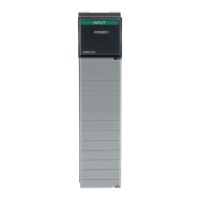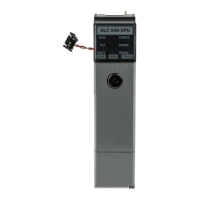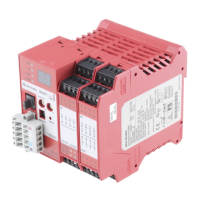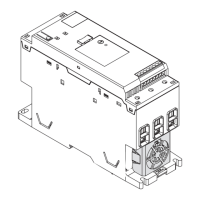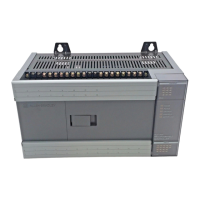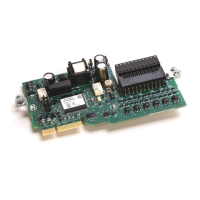Multi-Axis Coordinated Motion Instructions
Rockwell Automation Publication MOTION-RM002H-EN-P-February 2018 503
5 - Follow Contour Velocity
Unconstrained
This termination type is similar to the contour velocity
constrained. It has these differences:
• Use this termination type to get a triangular velocity
profile across several moves. This reduces jerk.
• To avoid position overshoot at the end of the last move,
you must calculate the deceleration speed at each
transition point during the deceleration-half of the
profile.
• You must also calculate the starting speed for each
move in the deceleration half of the profile.
Important Considerations
If you stop a move (that is, using an MCS or by changing the speed to zero with an
MCCD) during a blend and then resume the move (that is, by reprogramming the
move or by using an another MCCD), it will deviate from the path that you would
have seen if the move had not been stopped and resumed. The same phenomenon
can occur if the move is within the decel point of the start of the blend. In either
case, the deviation will most likely be a slight deviation.
Velocity Profiles for Collinear Moves
Collinear moves are those that lie on the same line in space. Their direction can be
the same or opposite. The velocity profiles for collinear moves can be complex.
This section provides you with examples and illustrations to help you understand
the velocity profiles for collinear moves programmed with MCLM instructions.
Velocity Profiles for Collinear Moves with Termination Type 2 or 6
The following illustration shows the velocity profile of two collinear moves using a
Command Tolerance (2) termination type. The second MCLM instruction has a
lower velocity than the first MCLM instruction. When the first MCLM
instruction reaches its Command Tolerance point, the move is over and the .PC
bit is set.

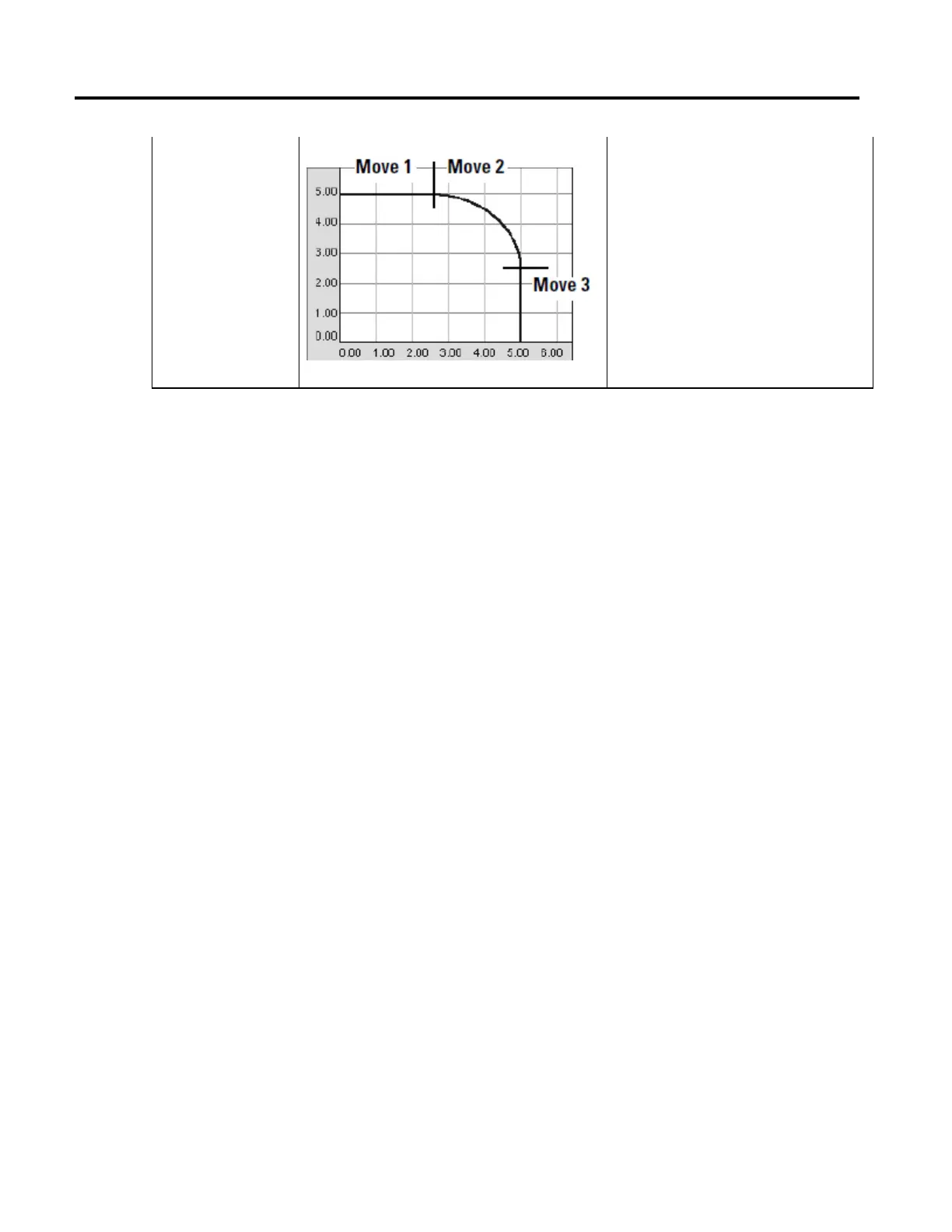